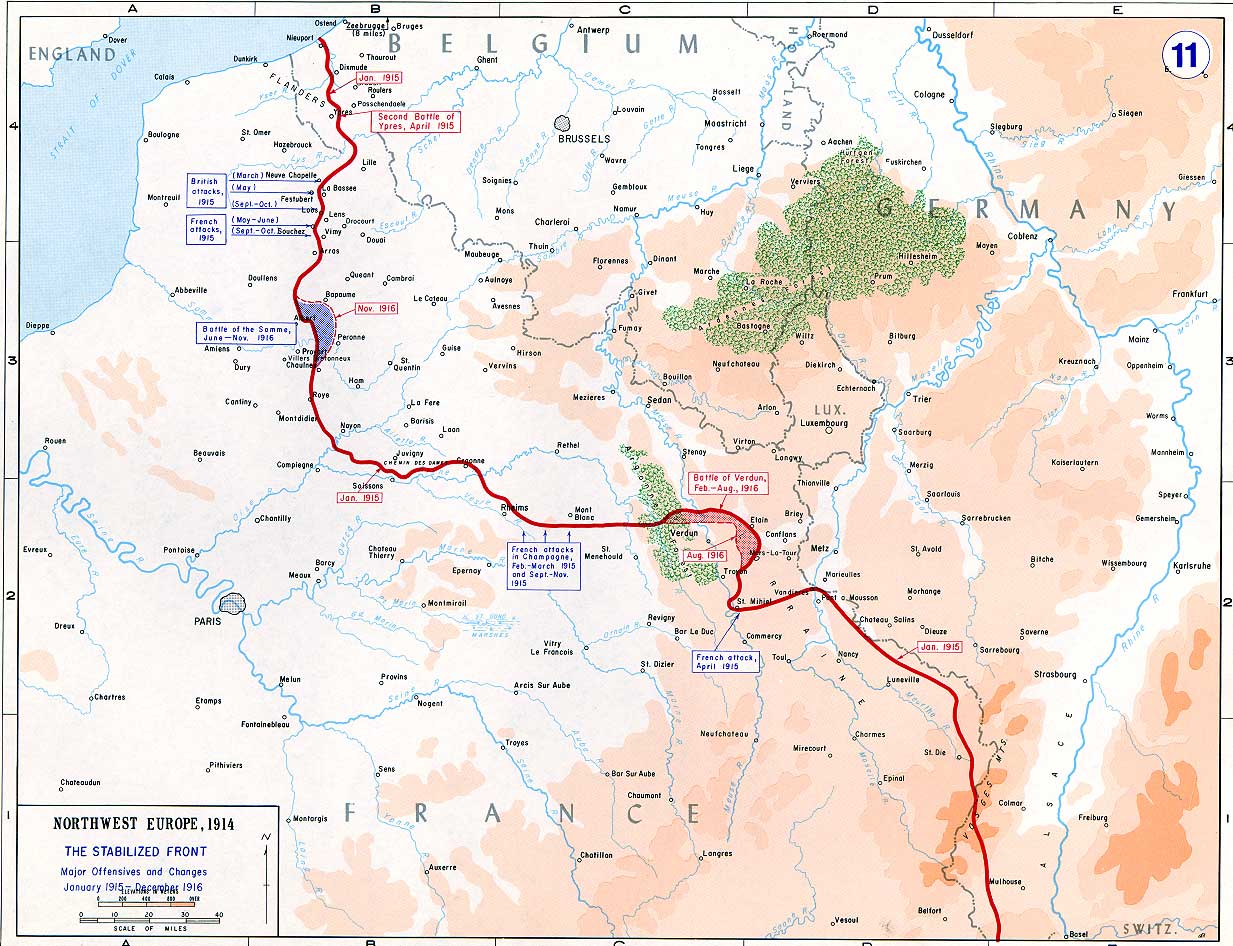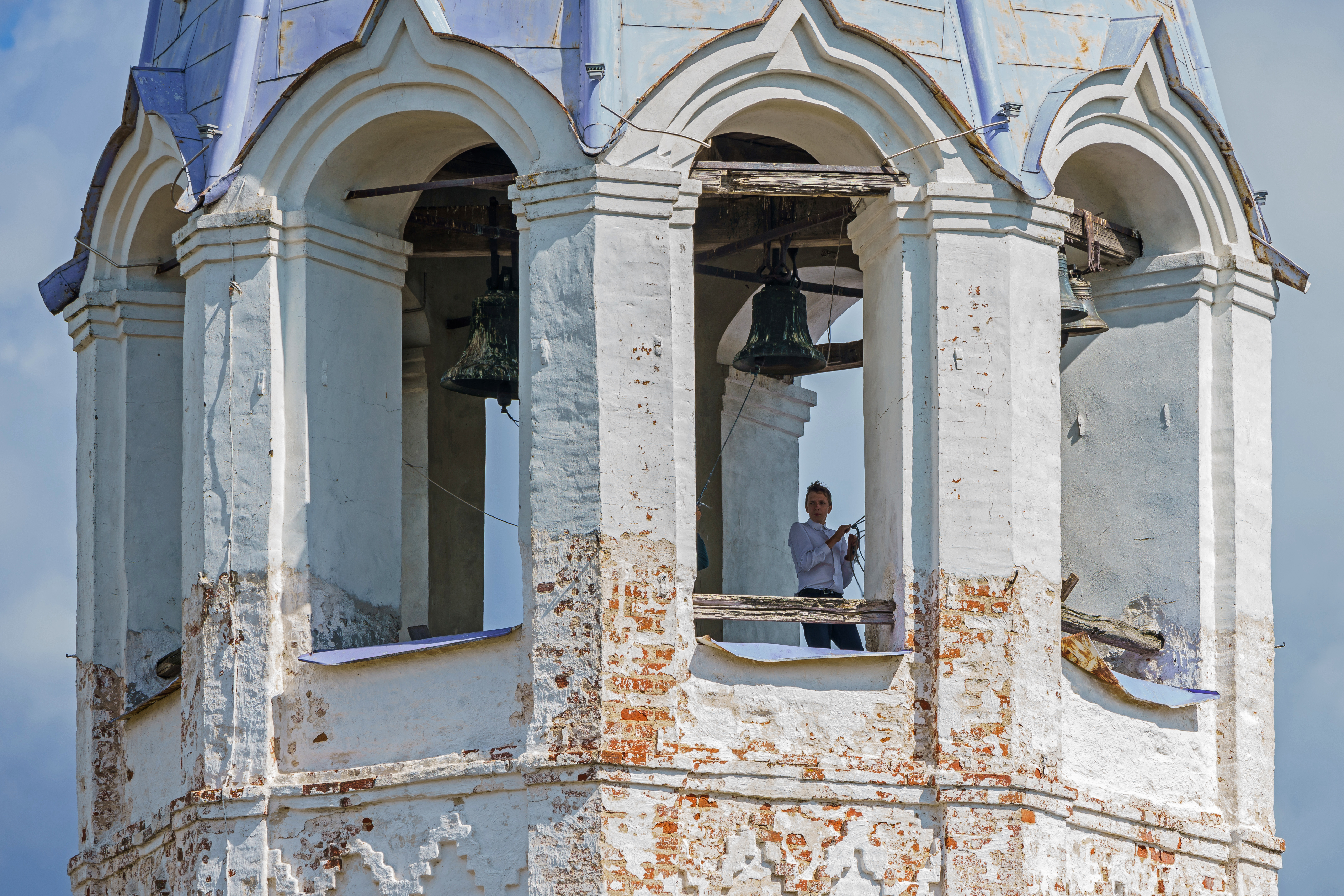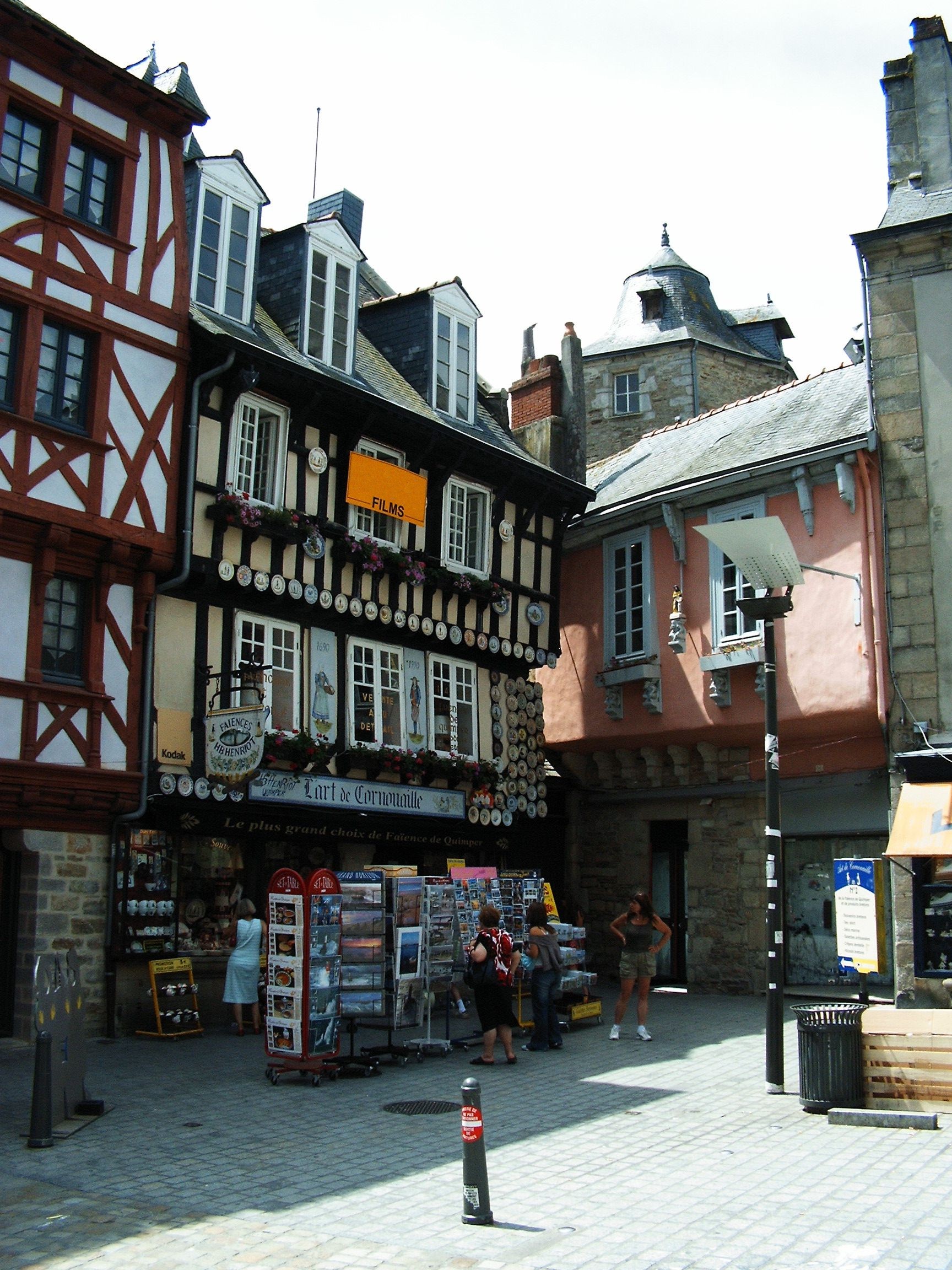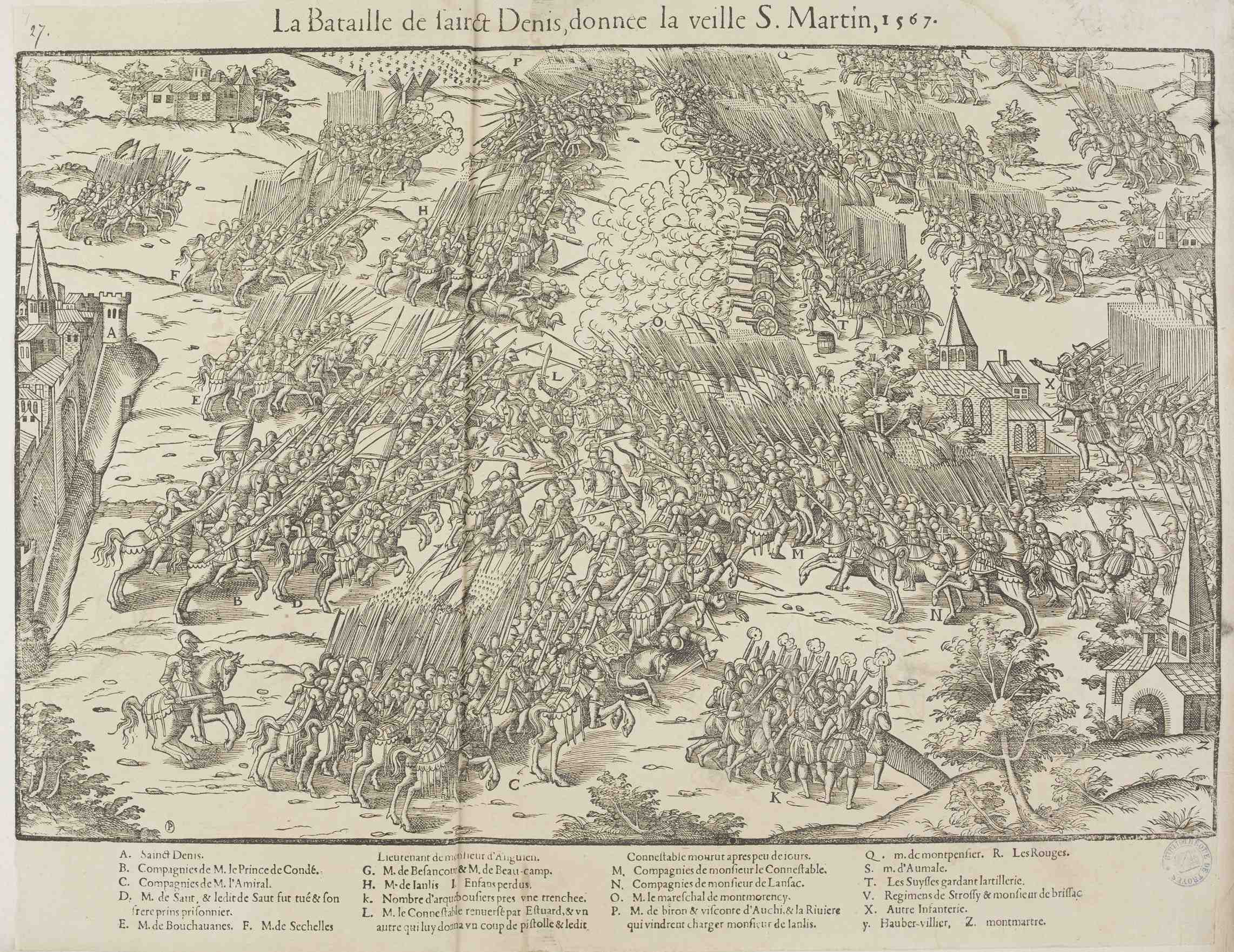|
Pierre Géraud-Keraod
Perig (Pierre) Géraud-Keraod (July 1, 1917 – October 21, 1997) was one of the founders of the Bleimor Scouting movement in 1946, and later founder of the '' Scouts d'Europe''. Background He attended the railroad school of Orléans, to become an inspector, and developed training courses. At the end of World War II, he was deputy stationmaster in Étampes, where he avoided being shot by the Wehrmacht. After the war he entered the Ministère de la Reconstruction (Ministry for Rebuilding) and moved his family in Paris. New to the capital, he entered a Celtic Circle, where participants meet each week, welcome newcomers from Brittany and dance and sing together. Among the members of this Celtic Circle were many Boy Scouts and Girl Guides. At this point he and his wife Lizig had the idea to create a ''Centre Scout d'expression bretonne'' (Scout Center of Breton Expression). This center took the name ''Bleimor'', the pen name of the Breton poet Jean-Pierre Calloc'h, who died in ... [...More Info...] [...Related Items...] OR: [Wikipedia] [Google] [Baidu] |
Bleimor (Scouting)
Bleimor (Breton language for ''Seawolf''), more fully ''Urz Skaouted Bleimor'', was a Breton Scouting organization, taken from the Bardic name of the poet Jean-Pierre Calloc'h, who was killed in action while fighting as a Poilu during World War I and whose death was a catastrophic loss to Breton literature. History Bleimor was founded in Paris on 9 January 1946 by Pierre Géraud-Keraod (later founder of the '' Scouts d'Europe'') and Lizig Géraud-Kéraod, on the model of the '' Urz Goanag Breiz'' (''Order of the Breton Hope'' in the Breton language) youth movement for Celtic revival in Brittany, founded in 1943 by Yann-Vari Perrot and Herry Caouissin, on the model of the Welsh movement ''Urdd Gobaith Cymru'' (''Order of the Welsh Hope'' in the Welsh language). The statutes of the Bleimor organization were officially lodged with the Prefecture of Police of Paris in April 1950. The goals of the association were stated as "Practices of Scouting and the activities of cultural e ... [...More Info...] [...Related Items...] OR: [Wikipedia] [Google] [Baidu] |
Battle Of The Somme
The Battle of the Somme (; ), also known as the Somme offensive, was a battle of the First World War fought by the armies of the British Empire and the French Third Republic against the German Empire. It took place between 1 July and 18 November 1916 on both sides of the upper reaches of the river Somme (river), Somme in France. The battle was intended to hasten a victory for the Allies of World War I, Allies. More than three million men fought in the battle, of whom more than one million were either wounded or killed, making it one of the List of battles by casualties, deadliest battles in human history. The French and British had planned an offensive on the Somme during the Chantilly Conferences, Chantilly Conference in December 1915. The Allies agreed upon a strategy of combined offensives against the Central Powers in 1916 by the French, Russian, British and Italian armies, with the Somme offensive as the Franco-British contribution. The French army was to undertake the m ... [...More Info...] [...Related Items...] OR: [Wikipedia] [Google] [Baidu] |
Scouting And Guiding In France
The Scouting, Scout movement in France consisted in 2005 of about 60 different associations and federations with about 180,000 Scouts and Girl Guide and Girl Scout, Girl Guides. Next to Scouting in Germany, Germany, France is the country with the most fragmented Scout movement. National recognized organizations The national recognized organizations are grouped in two federations and one independent organization. Fédération du scoutisme Français The Scoutisme Français, Fédération du Scoutisme Français (Federation of French Scouting) is the national member of both the World Organization of the Scout Movement (WOSM) and the World Association of Girl Guides and Girl Scouts (WAGGGS). The federation has about 120,000 members grouped in five co-educational associations. Scoutisme Français was founded in 1940 under the Vichy regime. The new organization banned some clubs and gathered others under a broad umbrella. The new club included members from ''Eclaireurs de France'', th ... [...More Info...] [...Related Items...] OR: [Wikipedia] [Google] [Baidu] |
1997 Deaths
This is a list of lists of deaths of notable people, organized by year. New deaths articles are added to their respective month (e.g., Deaths in ) and then linked below. 2025 2024 2023 2022 2021 2020 2019 2018 2017 2016 2015 2014 2013 2012 2011 2010 2009 2008 2007 2006 2005 2004 2003 2002 2001 2000 1999 1998 1997 1996 1995 1994 1993 1992 1991 1990 1989 1988 1987 1986 Earlier years ''Deaths in years earlier than this can usually be found in the main articles of the years.'' See also * Lists of deaths by day * Deaths by year (category) {{DEFAULTSORT:deaths by year ... [...More Info...] [...Related Items...] OR: [Wikipedia] [Google] [Baidu] |
1917 Births
Events Below, the events of World War I have the "WWI" prefix. January * January 9 – WWI – Battle of Rafa: The last substantial Ottoman Army garrison on the Sinai Peninsula is captured by the Egyptian Expeditionary Force's Desert Column. * January 10 – Imperial Trans-Antarctic Expedition: Seven survivors of the Ross Sea party are rescued after being stranded for several months. * January 11 – Unknown saboteurs set off the Kingsland Explosion at Kingsland (modern-day Lyndhurst, New Jersey), one of the events leading to United States involvement in WWI. * January 16 – The Danish West Indies is sold to the United States for $25 million (equivalent to $ million in ). * January 22 – WWI: United States President Woodrow Wilson calls for "peace without victory" in Germany. * January 25 – WWI: British armed merchantman is sunk by mines off Lough Swilly (Ireland), with the loss of 354 of the 475 aboard. * January 26 – The se ... [...More Info...] [...Related Items...] OR: [Wikipedia] [Google] [Baidu] |
Bagpipe
Bagpipes are a woodwind instrument using enclosed reeds fed from a constant reservoir of air in the form of a bag. The Great Highland bagpipes are well known, but people have played bagpipes for centuries throughout large parts of Europe, Northern Africa, Western Asia, around the Persian Gulf and northern parts of South Asia. The term ''bagpipe'' is equally correct in the singular or the plural, though pipers usually refer to the bagpipes as "the pipes", "a set of pipes" or "a stand of pipes". Bagpipes are part of the aerophone group because to play the instrument you must blow air into it to produce a sound. Construction A set of bagpipes minimally consists of an air supply, a bag, a chanter, and usually at least one drone. Many bagpipes have more than one drone (and, sometimes, more than one chanter) in various combinations, held in place in stocks—sockets that fasten the various pipes to the bag. Air supply The most common method of supplying air to the bag ... [...More Info...] [...Related Items...] OR: [Wikipedia] [Google] [Baidu] |
Bell Ringer
A bell-ringer is a person who rings a bell, usually a church bell, by means of a rope or other mechanism. Despite some automation of bells for random swinging, there are still many active bell-ringers in the world, particularly those with an advanced ringing tradition such as full-circle or Russian ringing, which are artistic and skilled performances difficult to automate. The term ''campanologist'' is popularly misused to refer to a bell-ringer, but this properly refers to someone engaged in the study of bellswhich is known as campanology. Although in some places carillons are used to sound bells, they are "played" by carillonneurs, not by bell-ringers, and are associated with the ringing of tunes in the Western musical tradition. Full-circle ringing English full-circle ringing In England, it is estimated there are about 40,000 bell-ringers ringing on rings of bells in the English full-circle style. This type of ringing cannot be automated because of the large rotating ma ... [...More Info...] [...Related Items...] OR: [Wikipedia] [Google] [Baidu] |
Emergency Services
Emergency services and rescue services are organizations that ensure public safety, security, and health by addressing and resolving different emergencies. Some of these agencies exist solely for addressing certain types of emergencies, while others deal with ad hoc emergencies as part of their normal responsibilities. Many of these agencies engage in community awareness and prevention programs to help the public avoid, detect, and report emergencies effectively. Emergency services are often considered first responders, and typically have dedicated emergency vehicles. Emergency services have one or more dedicated emergency telephone numbers reserved for critical emergency calls. In many countries, one number is used for all of the emergency services (e.g. 911 in many parts of the Americas, 999 in the United Kingdom, 112 in continental Europe, 000 in Australia). In some countries, each emergency service has its own emergency number (e.g. 110 for police, 118 for coast guard, 11 ... [...More Info...] [...Related Items...] OR: [Wikipedia] [Google] [Baidu] |
Quimper, Finistère
Quimper (, ; ; or ) is a commune and prefecture of the Finistère department of Brittany in northwestern France. Administration Quimper is the prefecture (capital) of the Finistère department. Geography The city of Quimper was built at the confluence of the Steir, Odet and Jet rivers. Routes Nationale 165, D785, D765 and D783 were designed to intersect here, northwest of Lorient, west of Rennes, and west-southwest of Paris. Climate Quimper has an oceanic climate (Köppen climate classification ''Cfb''), with an average annual temperature of . The temperatures are highest, on average, in August, at around , and lowest in February, at around . The highest temperature ever recorded in Quimper was on 30 June 1976; the coldest temperature ever recorded was on 13 January 1987. The average annual rainfall is , with December being the wettest month. Etymology The name ''Quimper'' comes from the Breton ''kemper'', meaning "confluent", a reference to the meeting of th ... [...More Info...] [...Related Items...] OR: [Wikipedia] [Google] [Baidu] |
Plomelin
* Buckwheat whisky, produced in Plomelin by ''Distillerie des Menhirs''.
Plomelin (; ''Ploveilh'' in Breton) is a commune in the Finistère department of Brittany in north-western France. It lies near the Odet river, about southwest of Quimper. International relations Plomelin is twinned with the village of Crymych in Wales and the village of in Germany. Population Inhabitants of Plomelin are called in French ''Plomelinois''. Breton language The municipality launched a linguistic plan concerning the Breton language through Ya d'ar brezhoneg on 3 July 2008. See also *Communes of the Finistère department The following is a list of the 277 Communes of France, communes of the Finistère Departments of France, department of France. The communes cooperate in the following Communes of France#Intercommunality, intercommunalities (as of 2025): < ...
|
Scouts De France
Scouts et Guides de France (''Scouts and Guides of France'', SGdF) is the largest Scouting and Guiding association in France. It was formed on 1 September 2004 from the merger of two Roman Catholic Scouting organizations: the Guides de France (founded in 1923) and the Scouts de France (SdF, founded 25 July 1920). Through Scoutisme Français, SGdF is a member of both WOSM and WAGGGS. SGdF claims 61,181 youth members and 27,399 volunteers in 863 local groups. It is active in the rebirth of Scouting in Ukraine and Belarus and strengthening Scouting in French Polynesia. The National Centre of the association is at Chateau de Jambville which is 50 km southwest of Paris. History SdF Chief Scouts *General Louis de Maud'huy (1920-16 July 1921) *General Arthur Guyot de Salins 1922-11 August 1936) *General Joseph Lafont 1936-1944 SdF Chief Scout/Scoutisme Français Chief Scout 1948 Honorary President *Maréchal Hubert Lyautey 1925 - 1934 General Commissioners *Père Jacque ... [...More Info...] [...Related Items...] OR: [Wikipedia] [Google] [Baidu] |
Saint-Denis, Seine-Saint-Denis
Saint-Denis (, ) is a Communes of France, commune in the northern suburbs of Paris, France. It is located from the Kilometre zero, centre of Paris. Saint-Denis is the second most populated suburb of Paris (after Boulogne-Billancourt), with a population of 113,116 at the 2020 census. It is a Subprefectures in France, subprefecture () of the Departments of France, department of Seine-Saint-Denis, being the seat of the Arrondissement of Saint-Denis, Seine-Saint-Denis, arrondissement of Saint-Denis. It is also part of the Métropole du Grand Paris. Saint-Denis is home to the royal necropolis of the Basilica of Saint-Denis and was also the location of the associated abbey. The commune is also home to France's national association and rugby football stadium, Stade de France, which was built for the 1998 FIFA World Cup. The stadium also hosted the Rugby sevens at the 2024 Summer Olympics, rugby and Athletics at the 2024 Summer Olympics, athletics events, along with the 2024 Summer Ol ... [...More Info...] [...Related Items...] OR: [Wikipedia] [Google] [Baidu] |






